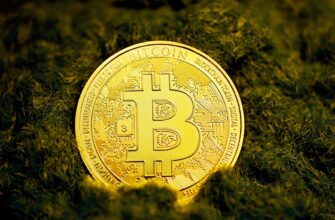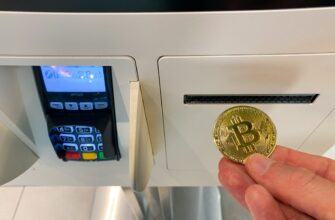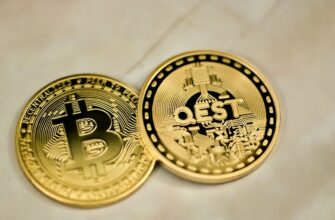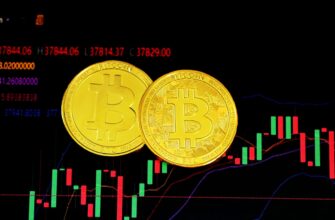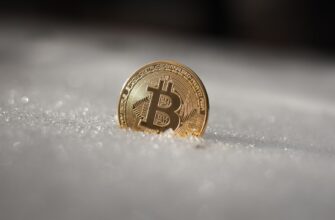- What Is QFN Cryptocurrency?
- Core Technical Architecture of QFN
- Practical Use Cases Driving Adoption
- How to Acquire and Store QFN Tokens
- Risks and Challenges for Investors
- Future Roadmap and Development Outlook
- Frequently Asked Questions (FAQ)
- Is QFN cryptocurrency related to QFN chip technology?
- Where can I buy QFN tokens?
- What makes QFN different from other cryptocurrencies?
- Is QFN mining possible?
- What’s the total supply of QFN tokens?
What Is QFN Cryptocurrency?
QFN cryptocurrency represents an emerging digital asset gaining traction in blockchain circles. Unlike mainstream coins, QFN focuses on niche technological integration, potentially bridging hardware and decentralized finance. While details remain scarce due to its developmental stage, early adopters speculate it could leverage quantum-resistant algorithms or specialized hardware security modules. As a newer entrant, QFN aims to solve specific industry pain points like tamper-proof data verification and low-latency transactions for IoT ecosystems.
Core Technical Architecture of QFN
QFN’s architecture reportedly combines layered solutions for enhanced performance:
- Hybrid Consensus Mechanism: Merges Proof-of-Stake efficiency with Byzantine Fault Tolerance for rapid validation
- Hardware Integration: Potential compatibility with QFN (Quad Flat No-lead) chip packaging for secure key storage
- Cross-Chain Interoperability: Bridges to Ethereum and Polkadot ecosystems via atomic swaps
- Zero-Knowledge Proofs: Ensures transaction privacy without compromising auditability
Practical Use Cases Driving Adoption
QFN isn’t just theoretical—it targets real-world applications:
- Supply Chain Authentication: Immutable tracking of high-value goods using NFC-enabled QFN chips
- Decentralized Identity: Biometric data storage on encrypted hardware modules
- Microtransaction Ecosystems: Fractional payments for IoT device networks (e.g., smart sensors)
- DeFi Collateralization: Hardware-backed loans where physical assets serve as verifiable collateral
How to Acquire and Store QFN Tokens
While still in early development, anticipated steps include:
- Monitor launch announcements on decentralized exchanges like Uniswap or SushiSwap
- Participate in token presales via audited smart contracts (verify through Etherscan)
- Use hardware wallets (Ledger/Trezor) with specialized firmware supporting QFN’s security protocols
- Enable multi-signature vaults for enterprise-level storage
Risks and Challenges for Investors
Proceed with caution considering these factors:
- Limited liquidity during initial exchange listings
- Regulatory uncertainty regarding hardware-linked cryptocurrencies
- Potential vulnerabilities in early-stage smart contracts
- Competition from established IoT-focused tokens (IOTA, IoTeX)
Future Roadmap and Development Outlook
QFN’s whitepaper outlines ambitious milestones:
- Q3 2024: Testnet launch with hardware SDK for developers
- Q1 2025: Mainnet activation and tier-1 exchange listings
- 2026: Integration partnerships with semiconductor manufacturers
- Long-term: Creation of “Chip-to-Chain” authentication standards
Frequently Asked Questions (FAQ)
Is QFN cryptocurrency related to QFN chip technology?
While sharing the acronym, QFN cryptocurrency is a separate blockchain initiative. Its potential integration with physical QFN chips (used in electronics packaging) remains speculative but strategically plausible for hardware-based security.
Where can I buy QFN tokens?
As of now, QFN isn’t available on major exchanges. Future availability is expected on DEXs initially, with possible listings on centralized platforms like KuCoin or Gate.io post-mainnet launch. Always verify contract addresses to avoid scams.
What makes QFN different from other cryptocurrencies?
QFN uniquely emphasizes hardware/blockchain convergence. Unlike software-only projects, it potentially embeds security at the semiconductor level, targeting industries requiring physical-digital trust layers like medical devices or aerospace components.
Is QFN mining possible?
No. QFN uses a staking model where token holders validate transactions and earn rewards. Minimum staking thresholds will be announced post-launch, likely requiring specialized hardware for optimal participation.
What’s the total supply of QFN tokens?
Preliminary reports suggest a capped supply of 210 million tokens, with 15% allocated for development, 10% for ecosystem growth, and the remainder released through staking rewards over 15 years.

